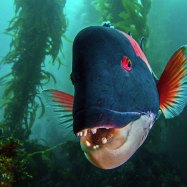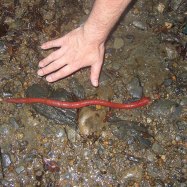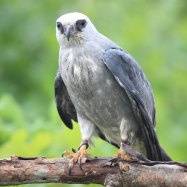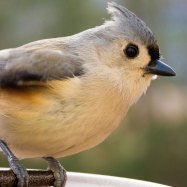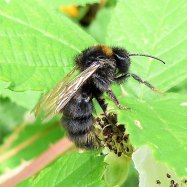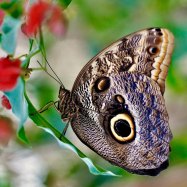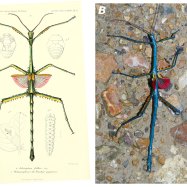
Desert Rain Frog
1.5 to 2.5 inches
The Desert Rain Frog, found in coastal areas and sandy dunes, is a small yet fascinating creature from the Brevicipitidae family. Measuring 1.5 to 2.5 inches, this round and plump frog is known for its unique mating call and ability to inflate when threatened. Despite its size, it plays an important role in the ecosystem and is a must-see for nature enthusiasts. #DesertRainFrog #Brevicipitidae #CoastalCreatures.
Animal Details Summary:
Common Name: Desert Rain Frog
Kingdom: Animalia
Habitat: Desert areas of Namibia and South Africa
The Desert Rain Frog: A Unique and Fascinating Creature of Southern Africa
It’s not every day that you come across a tiny, plump frog from the desert. Yet, the Desert Rain Frog, scientific name Breviceps macrops, is one of the most distinctive and intriguing creatures found in the desert areas of Namibia and South Africa. Despite its small size and unassuming appearance, this amphibian has captured the attention and curiosity of many. In this article, we’ll explore the various aspects of this remarkable animal, from its physical features to its behavior and habitat Desert Rain Frog.The Basics: Kingdom, Phylum, Class, and Order
Before we dive into the specifics of the Desert Rain Frog, let’s first brush up on some basic taxonomic categories. The Desert Rain Frog belongs to the kingdom Animalia, which comprises all animals, including humans. It also falls under the phylum Chordata, which includes animals with a spinal cord. Moving down the hierarchy, it belongs to the class Amphibia, which includes all amphibians such as frogs, salamanders, and caecilians. Finally, the Desert Rain Frog is part of the order Anura, which includes frogs and toads.The Family: Brevicipitidae
The Desert Rain Frog belongs to the family Brevicipitidae, which consists of around 100 species of frogs found in sub-Saharan Africa. These frogs are known for their small size and round, plump bodies, making it easy to identify a member of this family. Brevicipitidae frogs typically live in moist habitats, such as sandy dunes or grasslands, and are well adapted to digging and burrowing.Habitat and Distribution
As their name suggests, Desert Rain Frogs are primarily found in desert areas of Namibia and South Africa, specifically in coastal areas and sandy dunes Darwins Frog. These regions typically receive very little rainfall, which makes the presence of this frog even more peculiar. Unlike most amphibians, the Desert Rain Frog does not require a water source to survive. Instead, it relies on moisture from the morning dew or fog that forms along the coast.Physical Characteristics
The Desert Rain Frog is a small creature, growing only up to 1.5 to 2.5 inches in length. They have a round and plump body, with short hind legs and no external eardrums. Their skin is covered in small yellowish-brown warts, which serve as camouflage in their sandy environment. Interestingly, this frog has a unique defense mechanism – when feeling threatened, it puffs up its body to appear larger and emits a high-pitched squeak that sounds similar to a distressed kitten.Feeding and Diet
Desert Rain Frogs are carnivorous, feeding on a variety of small invertebrates, including ants, termites, and beetles. These frogs are opportunistic hunters, and their small size allows them to move quickly and catch their prey efficiently. Due to their dry habitat, these frogs have adapted to getting most of their moisture from their food, allowing them to survive without the need for a water source.The Importance of The Desert Rain Frog
The Desert Rain Frog may seem like a non-threatening and insignificant creature, but it plays an important role in its ecosystem. As predators, they help regulate the population of invertebrates in their habitat, preventing any imbalances in the food chain. Additionally, their presence serves as an indicator of the health of their habitat, and any changes in their population can give valuable insight into the overall state of their environment.The Threat of Habitat Loss
Unfortunately, like many other species, the Desert Rain Frog is facing the threat of habitat loss due to human activities. The ongoing expansion of urban and agricultural areas into the desert regions of Namibia and South Africa is causing a decline in their population. Additionally, the production of charcoal, which requires large-scale tree felling, also contributes to the destruction of their habitat. It is essential to raise awareness and take action to conserve the habitats of these unique creatures to prevent their extinction.The Future of the Desert Rain Frog
The Desert Rain Frog is a truly fascinating creature that has captured the world's attention. Its distinctive appearance and behavior make it one of the most popular exhibits in zoos and aquariums worldwide, drawing in visitors curious to see this small creature from the desert. However, despite its popularity, the future of the Desert Rain Frog is uncertain. The rapid destruction of its habitat serves as a constant threat to its survival.Through conservation efforts and raising awareness, we can help protect this unique and valuable species. Governments and organizations must work together to preserve the desert regions of Namibia and South Africa and enforce regulations to prevent any further destruction of the Desert Rain Frog's habitat. Additionally, individuals can also contribute to conservation efforts by learning more about these fascinating frogs and spreading awareness.
In conclusion, the Desert Rain Frog is a remarkable creature with its unique adaptations and behavior. Despite the challenges it faces, this small amphibian continues to thrive in its harsh desert habitat. Its survival is a testament to the resilience and adaptability of animals and serves as a reminder of the importance of preserving our planet's diverse ecosystems. Let us all do our part in protecting the Desert Rain Frog and other endangered species, ensuring a sustainable future for all living beings on Earth.
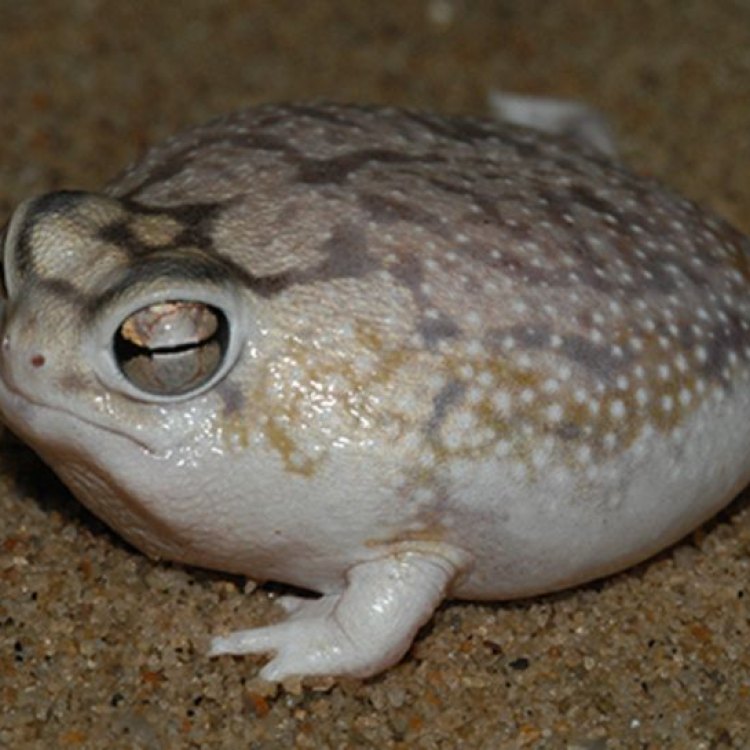
Desert Rain Frog
Animal Details Desert Rain Frog - Scientific Name: Breviceps macrops
- Category: Animals D
- Scientific Name: Breviceps macrops
- Common Name: Desert Rain Frog
- Kingdom: Animalia
- Phylum: Chordata
- Class: Amphibia
- Order: Anura
- Family: Brevicipitidae
- Habitat: Desert areas of Namibia and South Africa
- Feeding Method: Carnivorous
- Geographical Distribution: Southern Africa
- Country of Origin: Namibia and South Africa
- Location: Coastal areas and sandy dunes
- Animal Coloration: Yellowish-brown
- Body Shape: Round and plump
- Length: 1.5 to 2.5 inches
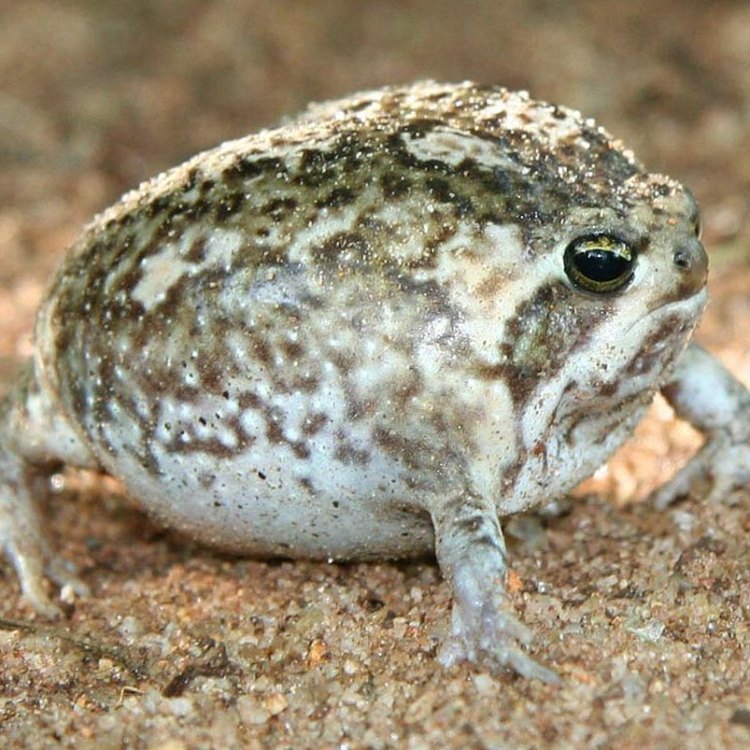
Desert Rain Frog
- Adult Size: Small
- Average Lifespan: 8 to 10 years
- Reproduction: Sexual
- Reproductive Behavior: Males calling to attract females
- Sound or Call: Loud and high-pitched
- Migration Pattern: Non-migratory
- Social Groups: Solitary
- Behavior: Nocturnal and burrowing
- Threats: Habitat destruction and pollution
- Conservation Status: Vulnerable
- Impact on Ecosystem: Crucial role in controlling insect populations
- Human Use: None
- Distinctive Features: Bulging eyes and short snout
- Interesting Facts: Known for its unique vocalization and appearance
- Predator: Birds, snakes, and spiders
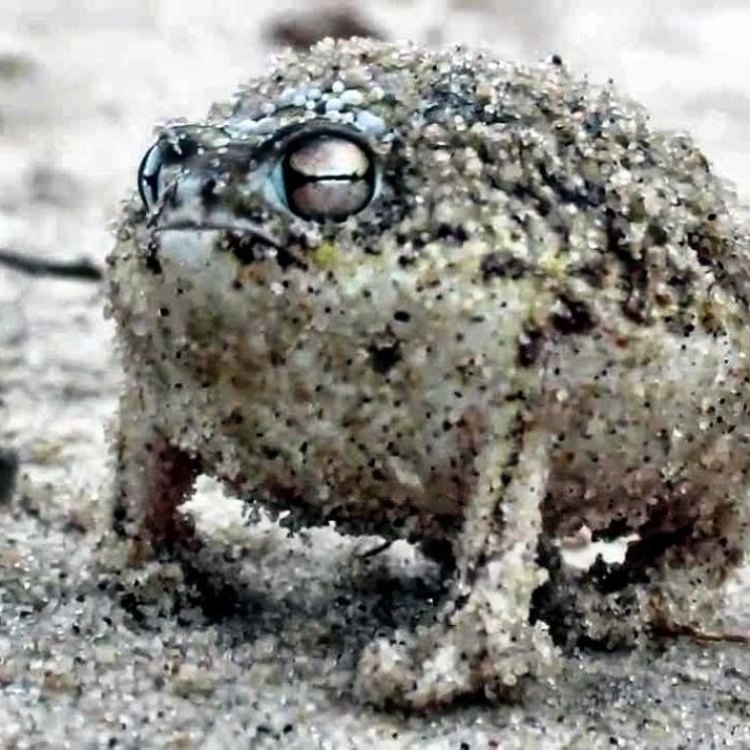
Breviceps macrops
The Desert Rain Frog: A Unique and Valuable Creature
The desert may seem like a desolate and barren place, but hidden within the dry sand and scorching temperatures, you may find the fascinating and elusive desert rain frog. This little amphibian may not be as well-known as its rainforest cousins, but it is definitely a creature worth learning about. From its distinctive features to its crucial role in controlling insect populations, the desert rain frog is a unique and valuable creature that deserves our attention and protection.The desert rain frog, also known as the web-footed gecko, is a small frog that can be found in the sandy regions of southwestern Africa, particularly in Namibia and South Africa PeaceOfAnimals.Com. It is one of the smallest species of African rain frogs, with adults growing only up to 1.4 inches in length. Despite its small size, this frog has captured the attention of many nature enthusiasts and researchers due to its interesting characteristics.
Average Lifespan and Reproduction
The average lifespan of a desert rain frog is 8 to 10 years, which is quite impressive for a small amphibian. These frogs reach sexual maturity at around 2 years old and follow a sexual reproductive behavior, with males calling to attract females during the breeding season.
Reproductive Behavior and Sound
During the breeding season, which occurs between August and September, males will dig shallow burrows in the sand and call out to attract females. These calls are loud and high-pitched, earning the desert rain frog the nickname of "Roogpoots" in Afrikaans, which translates to "red-foot." Their calls can be heard up to 0.6 miles away, allowing females to locate potential mates Dog Tick.
Interestingly, the desert rain frog is the only known species of frog that has a vocal pouch on its belly instead of the throat, making it unique among other frog species. This pouch is used to store air, like a balloon, which amplifies the frog's calls. Males will also inflate their bodies to make themselves look larger and more attractive to females.
Migration Pattern and Social Groups
Unlike other frog species that might migrate to find suitable breeding grounds, the desert rain frog is non-migratory and prefers to stay within its sandy habitat. They are solitary creatures, only coming together during the breeding season, and then returning to their solitary lives afterwards.
Behavior and Threats
The desert rain frog is primarily nocturnal, spending most of its days burrowed in the sand to stay cool and protected from the intense desert heat. At night, they will emerge to forage for insects, their main food source. Due to their burrowing behavior, they are difficult to spot in the wild, making them a mysterious and elusive species.
Unfortunately, their preferred sandy habitat is also their biggest threat. Habitat destruction, primarily due to mining and human development, has greatly reduced the available living space for the desert rain frog. Pollution, such as agricultural chemicals and pesticides, also pose a threat to these frogs, as they can easily absorb these toxins through their sensitive skin.
Conservation Status and Impact on Ecosystem
As a result, the International Union for Conservation of Nature (IUCN) has listed the desert rain frog as vulnerable on the Red List. This means that the species is facing a high risk of extinction in the wild. Without proper conservation efforts, these charming frogs may disappear from their native habitat.
Aside from their adorable appearance and unique vocalizations, the desert rain frog plays a crucial role in controlling insect populations in their habitat. As insectivores, they help keep the insect population in check, preventing them from overpopulating and causing damage to plants and other animals in the ecosystem.
Distinctive Features and Interesting Facts
The desert rain frog is easily identifiable by its distinctive physical features. It has bulging eyes, a short snout, and small, webbed feet that help them move through the sand. Their bodies are also covered in tiny spines, which helps them blend in with their sandy surroundings and protect them from potential predators.
This frog may be small and seemingly unassuming, but it has gained popularity among nature enthusiasts due to its unique vocalization and appearance. It has even gained international attention when a video of one making a squeaking sound went viral, earning them the title of "world's cutest frog."
Predators and Human Use
Like all animals, the desert rain frog also has predators in their habitat. Birds, snakes, and spiders are known to feed on these tiny frogs. However, the main threat to their population comes from human activities, as mentioned earlier.
While there are no known human uses for the desert rain frog, they have become popular in the pet trade due to their unique appearance. However, it is important to remember that wild animals should remain in the wild, and their natural habitats should not be disrupted for the sake of human entertainment.
In Conclusion
The desert rain frog may be small and elusive, but it is a creature that plays a big role in its ecosystem. From its unique features and vocalizations to its crucial role in controlling insect populations, the desert rain frog is a valuable and fascinating creature that deserves our attention and protection. As we continue to learn more about this species, it is vital that we also work towards conserving their habitats and ensuring their survival in the wild.
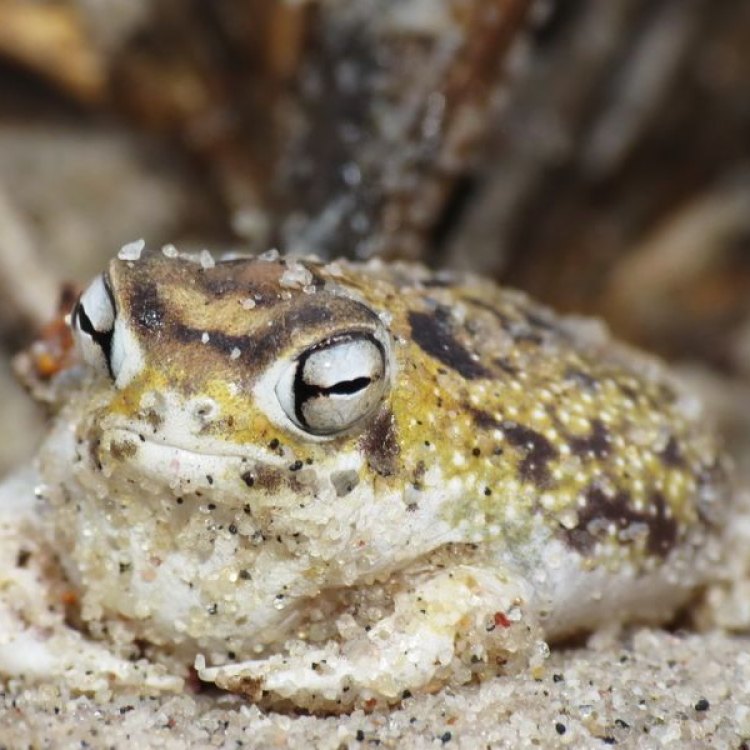
The Desert Rain Frog: A Unique and Fascinating Creature of Southern Africa
Disclaimer: The content provided is for informational purposes only. We cannot guarantee the accuracy of the information on this page 100%. All information provided here may change without prior notice.

